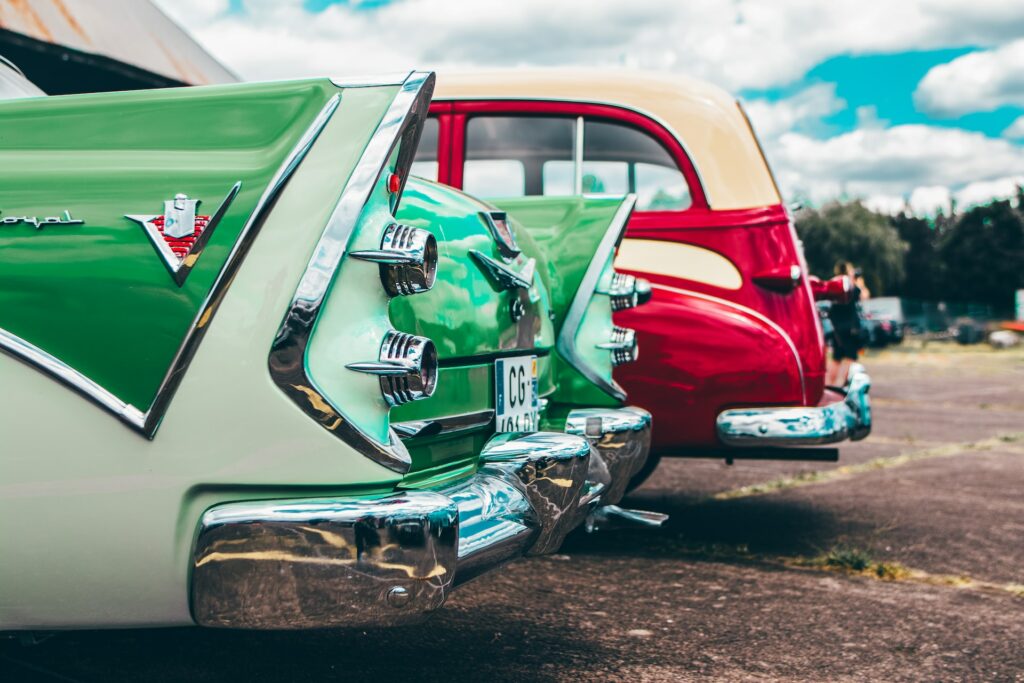For the automobile enthusiast, one approach to diversifying an investment portfolio is to begin collecting classic cars, i.e., to make classic cars investment.
Most vehicles lose value the moment they are driven off the dealer lot, but historic automobiles appreciate over time owing to their rarity, performance, or unique features.
Classic cars, in general, appreciate more than other sorts of collectibles, despite the fact that they require more upkeep and are more difficult to store than stamps or comic books.
Classic vs. collectible cars: the difference
Old automobiles are divided into two groups among automotive enthusiasts: collectibles and classics.
Collectible automobiles are ones that are produced in great quantities by mainstream automotive manufacturers. In general, they do not represent anything unique in terms of technology or design.
However, some individuals regard vehicles such as the first generation Volkswagen Beetle as classics because of their historical worth in terms of design, relevance to the automobile industry, and production longevity.
What should be highlighted here is that, even though a car is regarded as a classic in certain eyes, it is not a profitable investment unless you have a unique example (like the first vehicle produced, for example).
A classic car, on the other hand, is an automobile that has stood the test of time. These automobiles often included innovative automotive innovations at the time of their release or might be design symbols in the automobile industry, making them highly sought after by collectors.
“Classic” as an umbrella term
However, the Classic Car Club of America (CCCA) considers automobiles manufactured between 1915 and 1948 to be “classics.”
Essentially, “classic” has become an umbrella term for any valuable older automobile. As a result, this includes other sorts of collector automobiles, such as vintages and antiques. Modern classics, on the other hand, are collectible automobiles that are 20 to 30 years old.
Many people confuse vintage, antique, and classic automobiles. However, there are a few distinguishing features that mark an automobile as “antique,” “classic,” or “vintage.” It is critical to have a thorough understanding of your vehicle’s state. The primary distinctions between vintage, classic, and antique automobiles are price, historic significance, and age.
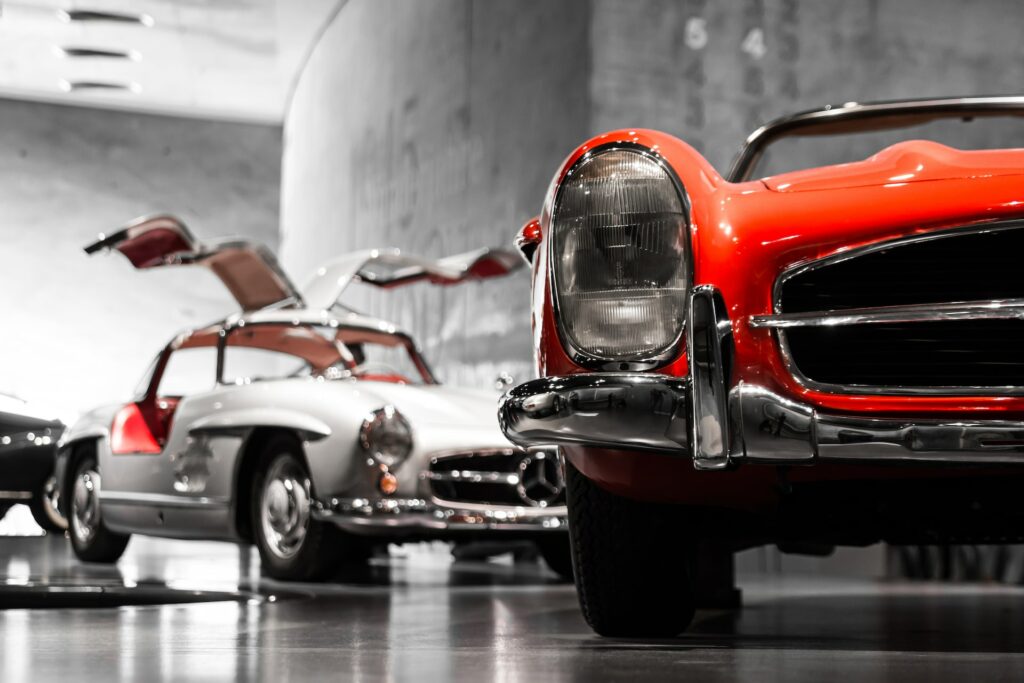
Vintage, antique, and classic cars
Knowing if your automobile is a classic, antique, or vintage can help you secure comprehensive insurance coverage and comprehend its value.
Here’s how to identify if your automobile is antique, classic, or vintage based on the year it was built:
Vintage car
Produced between 1919 and 1930. Either a “survivor” or one that has been restored in accordance with the original manufacturer’s standards.
Antique car
Manufactured in 1975 or before (more than 45 years old). Either a “survivor” or one that has been restored in accordance with the original manufacturer’s standards.
Classic car
Manufactured in 2000 or before (more than 20 years old)
The market for classic cars today
Due to rising global wealth pursuing a limited number of vehicles, the market for historic automobiles has outperformed collectibles such as coins and stamps over the last decade, even outperforming the entire stock index.
The Historic Automobile Group International (HAGI) maintains a variety of indices that track the collector automobile industry. The HAGI Top Index, which measures antique collectible automobiles from Porsche, Ferrari, Bugatti, Alfa Romeo, and other brands, is its widest. The Top Index increased 33.78% in 2019; despite the epidemic, it increased 6.19% in 2020 and 2.73% in 2021 year over year. HAGI Top increased by 25% in 2022.
The stock market index S&P 500 fell 19.4% last year, but analysts at the collectible-car website Classic.com have uncovered a significant list of coveted up-and-comers that increased in value by as much as 88% over the same time, based on auction data. While some of the obvious suspects from Ferrari, Lamborghini, and Porsche are on the list, there are also numerous cheaper and more appreciating pickup trucks and SUVs for individuals wishing to acquire some skin in the game without breaking the bank.
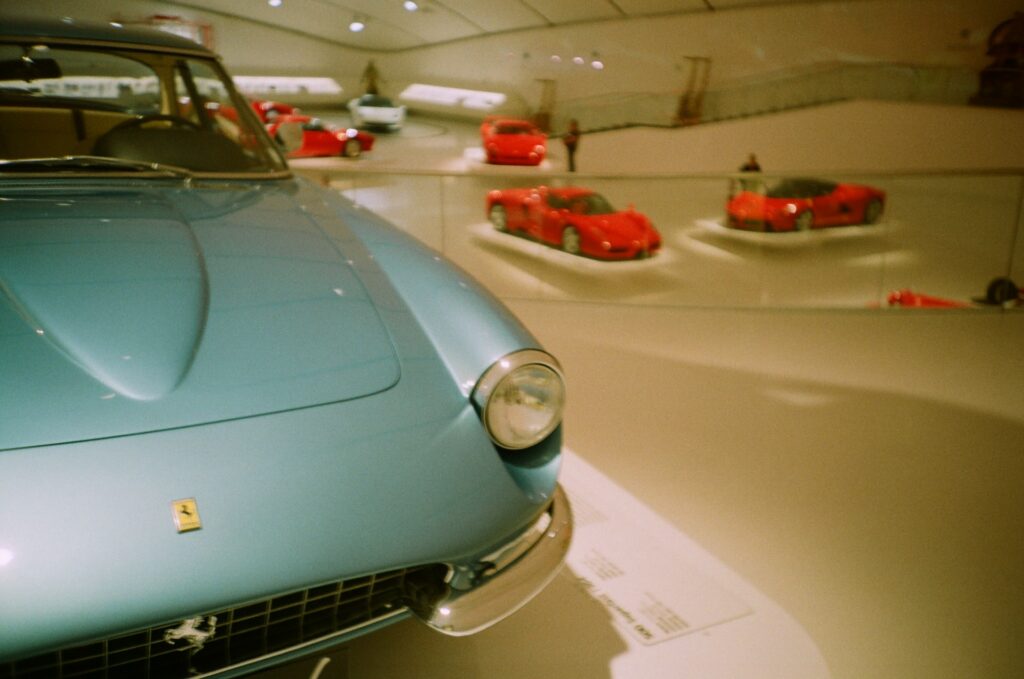
How classic cars are valued?
In the most basic sense, vintage automobiles are valuable because they are unique or unusual. This is influenced by limited manufacturing runs, retro designs, great performance, and distinctive features.
Here are the five most important characteristics that make old automobiles expensive:
Age
While classic automobiles can range in age from 20 to 30 years, older vehicles command higher market values.
Condition
Condition is most likely the most essential factor in value. A historic automobile that is still aesthetically pleasing and functional is always more valuable than one that is rusted and broken down. There are also points for low mileage.
Rarity
The more precious the classic, the lower the manufacturing run and current supply. Even experimental vehicles that were never commercially produced might become highly sought for. Take, for example, the Bugatti Royale.
Popularity
Classic automobiles can gain popularity for a variety of reasons, including:
- Appearances in films, like the Delorean DMC-12 in “Back to the Future.”
- Associating with superstars such as Steve McQueen and Paul Newman.
- A racing history, such as a Ferrari 250 Testa Rossa
- Having distinct design and performance characteristics for their era. For example, consider the space-age design of the 1957 Plymouth Belvedere.
Brand
Because of the prominence of their brand, certain models just fetch greater costs than others. Ferrari and Rolls Royce are two instances of high-quality construction.
The ultimate classic cars: for ultra-rich only
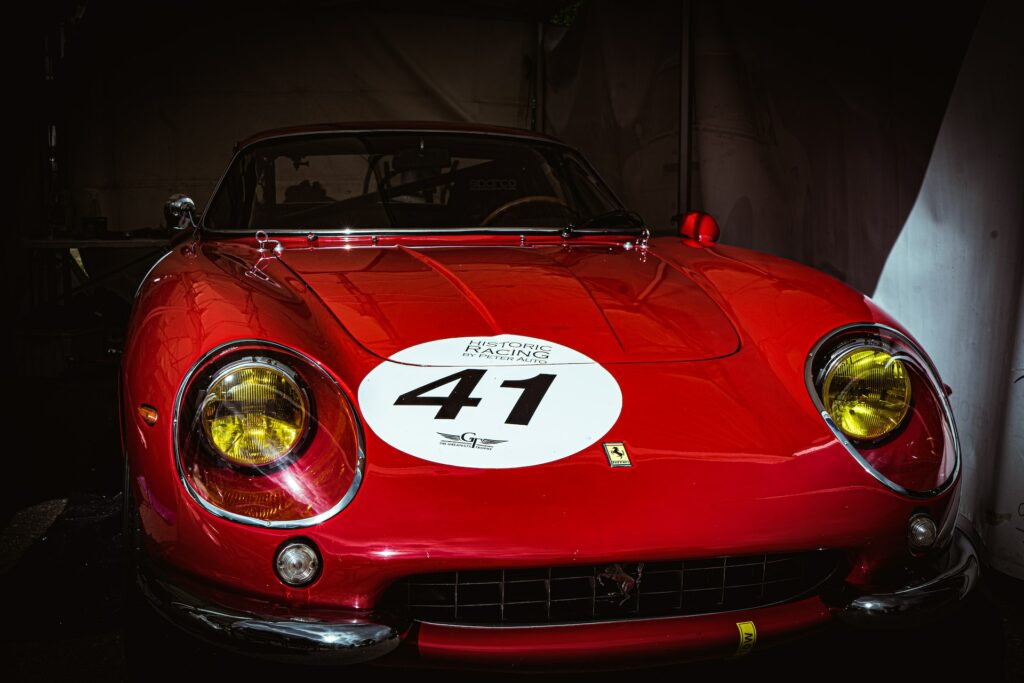
So, which are the ultimate collector automobiles? It’s difficult to say definitively. Private transactions are difficult to trace, and the upper end of the collector’s market concentrates on extremely rare automobiles with varying histories. However, the list of documented sales that surpass $30 million in inflation-adjusted dollars is exceedingly small.
The Ferrari appears to be the leader of the bunch. In 2014, the British auction house Bonhams sold a 1962 Ferrari 250 GTO for $38.1 million, which was the highest verified and published price ever paid for a car at the time. At the peak of his career, famous driver Stirling Moss drove the racing vehicle. That record was beaten in 2018 when Sotheby’s sold another 1962 Ferrari 250 GTO for $48.4 million. A private sale of another 250 GTO apparently approached $70 million.
The Mullin Automotive Museum paid between $30 million and $40 million for one of the four achingly exquisite Bugatti 57SC Atlantics ever made in 2010. A 1954 Mercedes-Benz W196 Silver Arrow, the only one of its kind not in a museum, sold for $29.7 million at an auction in the United Kingdom in 2013.
Benefits of classic cars investment
Classic and collectable automobiles have recently achieved enormous popularity, and car aficionados want to own one. As a result, an investment in this subject has emerged as prospective and encouraging. Here are the top benefits:
Potential for big profits
When someone has a scarce item and the maker firm refuses to produce any more copies of it, the value of the collectable automobile rises. Investing in something unique and irreplaceable is a wise decision.
Collectors obsessed with possessing a car that only ten or twenty people on the planet may own are prepared to spend as much as the price rises. According to estimates, the international vintage automobile industry will expand steadily from around $30.9 billion in 2020 to approximately $43.4 billion in 2024. ” It’s not a tiny quantity; perhaps it’s worth a shot!
Uniqueness
That golden era, to which many classic vehicles belong, was when car designers were not bound by government regulations and were free to be as creative and inventive as they wished. As a result, the design, engine, and operating characteristics of the automobiles were nothing like the contemporary cars that everyone drives today. Classic and antique vehicles are an industrial art form with a large following.
Fees that are manageable
Buying classic automobiles, let alone investing in them, is an expensive process that comes with costs, just like any other investment. However, in the case of collectible automobiles, there is a way to cut some of the expenses.
The money will be reimbursed if you purchase license plates for antique automobiles older than forty years. Policies, however, change from one state to the next. To avoid further penalties and fees, you must accept your state’s limits.
The downsides of classic cars investment
Investing in vintage automobiles entails more than just buying the vehicles and hunting for purchasers. Classic vehicles are frail; they’ve been on the road for over thirty years. As a result, there are several dangers associated with such an investment. Here are the biggest drawbacks to consider while investing in historic cars:
Costly repairs
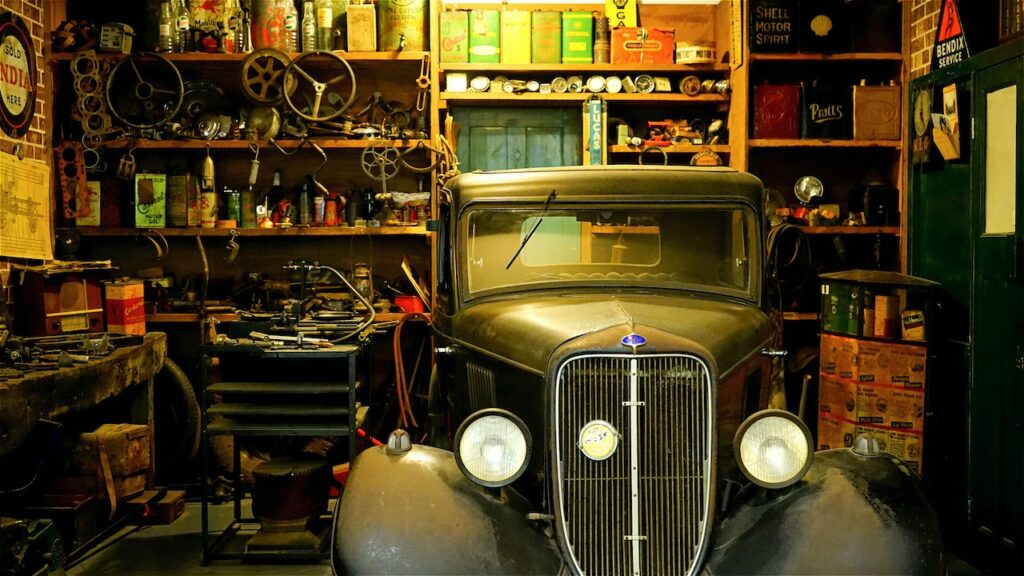
Because vintage automobiles have been off the market for a long time, most technicians have little or no expertise fixing them. Finding someone who understands how to cope with such shaky vehicles would be difficult.
Furthermore, these few specialists are aware that they are the only ones qualified for such a position. As a result, they charge exorbitant rates for any repairs. Original replacement parts, like qualified mechanics, are scarce, especially if the car’s manufacturer has long since gone out of business.
Risk of waste
Many investors buy a large number of automobiles in the hope that they will become collectibles one day. Some people may strike it lucky and have their prediction come true. Others may have squandered their time and money. In most situations, speculators make the wrong forecast and spend a lot on many antique and rare automobiles that no collector would be interested in. These investors will waste a lot of money on repairs and maintenance activities.
The requirement for storage facilities
Because your garage isn’t the best place for collectible automobiles and classic car insurance plans are rigorous, you should keep your historic cars at a storage facility.
The terrifying thing is that driving the automobile to the unit will pose a significant risk to the car’s frail body, engine, and paint, especially if the car isn’t completely equipped to function. Some collectors, however, hire a classic automobile transport firm to do the work securely; it’s a safe choice, but the classic car shipping fee is significant.
